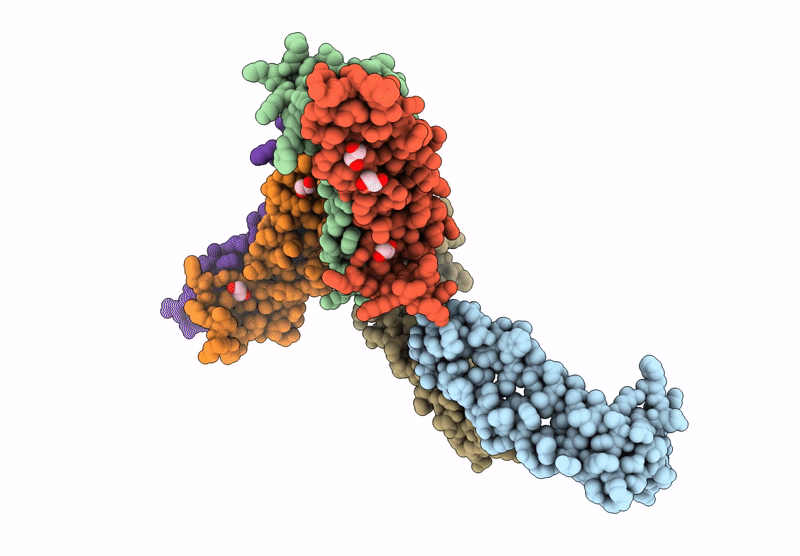
Deposition Date
2022-10-07
Release Date
2023-02-22
Last Version Date
2024-05-29
Entry Detail
Biological Source:
Source Organism:
Pseudomonas phage PaP2 (Taxon ID: 270673)
Host Organism:
Method Details:
Experimental Method:
Resolution:
2.69 Å
R-Value Free:
0.27
R-Value Work:
0.24
R-Value Observed:
0.24
Space Group:
P 3 2 1


